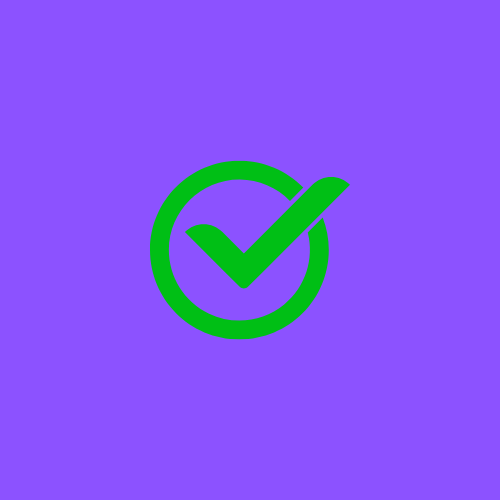Going through your bank statement, and found a charge you don’t understand? Unknown charges on your credit card can be frightening, and cause panic. However, there’s no need to be scared yet.
Here are easy ways to understand unknown charges to your bank cards.
1 – Ask your Financial Provider for the complete description on the Transaction
The first thing you should do is request for the full name of the merchant from your credit card provider. This is because, in most cases, details like the merchant’s name are often shortened. However, you can get the full details when you request for your bank statement.
2 – Check If the Merchant has been reported Online
Now that you have the full details of the transaction bearing the merchant’s name, the next thing to do is check online. A business might use a payment alias that looks very different from their name. For example, lots of readers understood what the WMT plus charge on their card was when they read my Explainer. WMT Plus stands for Walmart Plus subscription.
Aside from snoopviews.com, there are other websites that throw light on credit charges. If you’re lucky, you might find one about the particular merchant you’re searching for.
3 – Check your Subscriptions
Didn’t find out anything about the merchant or the charge online? The next step to take checking your App/streaming subscriptions. Using the amount and date on the unknown charge, you can cross-check if it’s similar to any of your subscription charges.
How to check your subscriptions on iPhone and iPad
Follow these steps to cancel subscription on Apple devices
- Open The Settings app
- Type Your Name
- Tap Subscriptions (You would see all the apps you’re subscribed to)
- Tap each app to know the date and amount of the last transaction.
How to check your subscriptions on Android
- Open your Google Play Store app.
- Click on Menu
- Go to “Subscriptions”.
- Tap on each app to know the data and amount of last bill
What to do If you’re not responsible for the bill
If none of the method above worked, there’s a likelihood that your credit card details has been compromised. This could be via credit card fraud, data breach, or someone close to you is using your credit card without your permission.
Here’s what to do –
Contact Your Credit Card Issuer
Immediately call your financial provider and explain that you’re a victim of fraudulent transactions. You could do this by either reporting the fraud in their app or on their website. Request that any fraudulent accounts that you didn’t authorize be closed and the charges erased so that you’re not responsible for the bill.
Request For a New Card
If fraud is confirmed, the issuer will likely cancel that card and issue you a new one with different numbers.
Update Your Passwords and Enable Two Factor Authentication
The third step you should take is updating your passwords. Make sure you check all of your other credit card accounts to see if they’ve also been compromised. It’s important to note that, even though only one card may have suspicious charges, you can’t be sure how the fraudster got the information. So make sure you change all of your passwords and PINs just to be safe.
Report the Fraud To Relevant Authorities
Report the scam to relevant authorities and organizations. This includes:
- Internet Crime Complaint Center (IC3): If you are in the United States, you can file a complaint with the IC3 at https://www.ic3.gov/.
- Your Local Consumer Protection Agency: Contact your local consumer protection agency or the equivalent regulatory body in your country.
- Better Business Bureau (BBB): File a complaint with the BBB if the online store is based in the United States.
Here are some mysterious charges explained – Walks LLC, p1fitch charge, VIOC charge explained, Longevity Secret Charge, Gochamie Inc Charge, erac toll charge explained, Redo tech inch, panther east charge, Audible Charge, etc.
